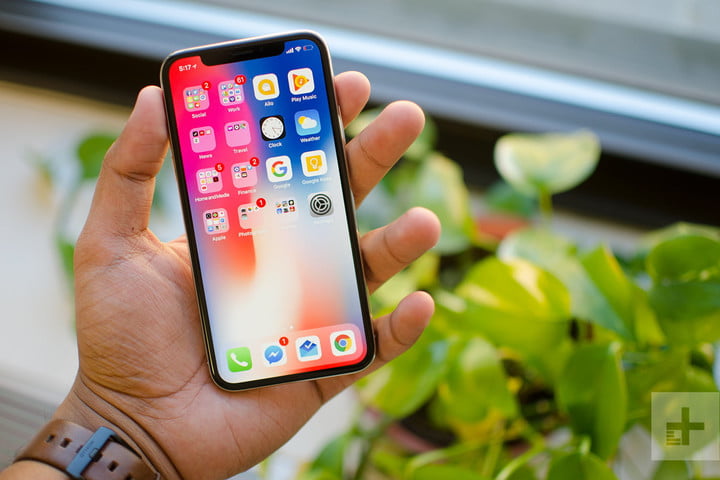
Earlier this year, Apple introduced the iPhone X, its first phone featuring TrueDepth technology on its front-facing camera. TrueDepth uses a pattern of 30,000 infra-red dots projected on the user’s face to create a 3D image for authentication and purchases.
While the TrueDepth technology used on the iPhone X is more accurate than fingerprint authentication, Apple faced manufacturing hurdles in producing its flagship phone. The sensor array that powers TrueDepth was so difficult to manufacture at scale that Apple quietly told suppliers to reduce the accuracy of the facial recognition to overcome production delays, according to a separate report from Bloomberg.
For the rear-facing camera on the 2019 iPhone, Apple plans to use a more advanced image sensor that uses time-of-flight technology to create 3D images. Instead of creating a 3D infrared image map used as on the iPhone X, time-of-flight technology detects subjects by calculating how long it takes for light to reflect off a surface. Since the sensors do not require the same degree of calibration as those currently used by Apple, they may be easier to manufacture at scale.
Time-of-flight sensors have been around for several years — this was the technology used to power Kinect on the Xbox. As the technology has improved, it has found its way into laser-based rangefinders on autonomous and semi-autonomous vehicles, including Teslas, as well as in military aircraft.
Apple is in talks with several prospective image-sensor suppliers including Infineon Technologies, Sony, STMicroelectronics, and Panasonic. Yusuke Toyoda, a sensors analyst at Fuji Chimera Research, believes Apple will ultimately adopt Sony’s sensors for future devices. Sony currently controls 49 percent of the image-sensor market and supplies image sensors for some iPhone models.
The addition of a rear-facing sensor on future iPhones would enable more augmented-reality features on the devices. While the iPhone X is the first Apple product to heavily integrate AR features, Apple is said to be working on AR glasses that could also debut in late 2019.


